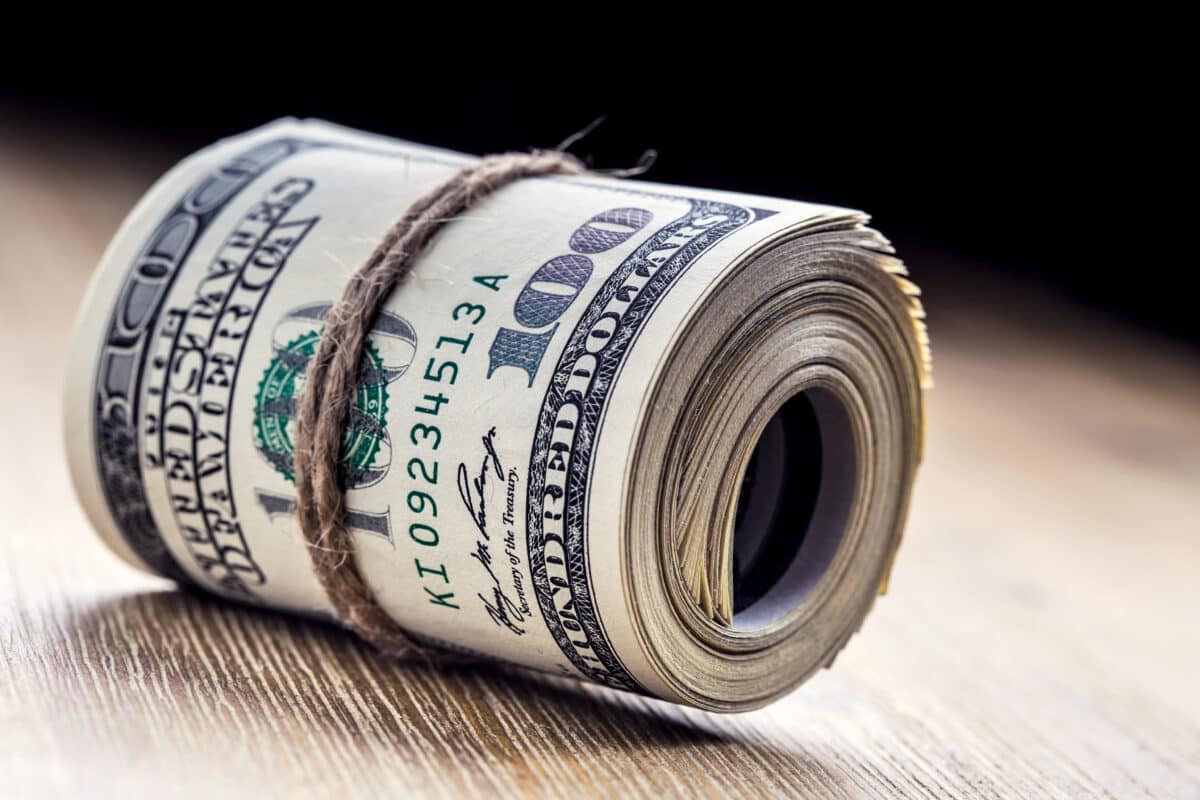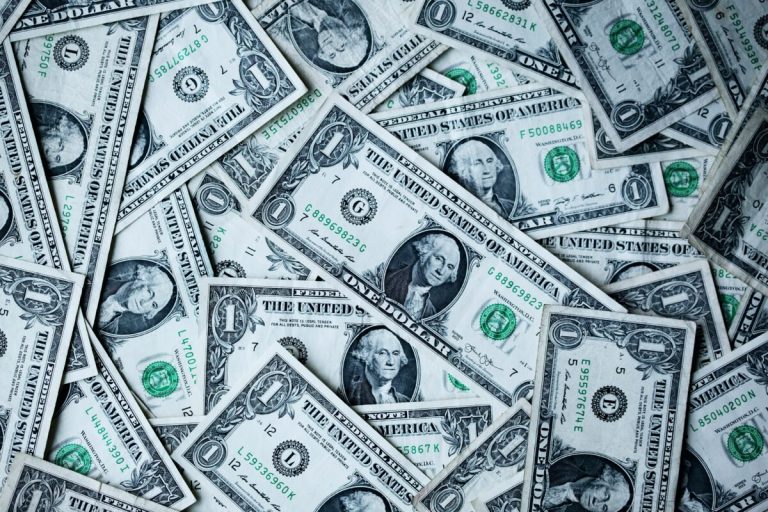The global currency market is currently facing changing dynamics, with the US Dollar (USD) strategically advancing. Traders are evaluating the prospects of an imminent interest rate cut by the Federal Reserve. This assessment sets the stage for a dynamic week that could influence the monetary policies of major central banks. In this financial narrative, the appeal of the US dollar remains strong and resilient.
Dollar Dance: An Overview of Recent Moves
The Japanese yen, which was a strong competitor against the dollar, fell slightly to 145.89 per dollar. The decline comes on the heels of data suggesting wholesale inflation has stagnated in Japan, reducing pressure on the Bank of Japan to scale back its broad stimulus measures. Despite rising in late 2023, rising 5% against the dollar in December, the yen has since reversed course, highlighting the dynamic nature of currency markets.
Fed Rate Cut Expectations: Navigating Market Sentiment
Investors adjusted their expectations regarding the Fed's stance on lowering interest rates. Initially, optimism waned at the beginning of the year, but unexpected data showing US producer prices fell in December revived that optimism. Current market indicators point to a 70% chance of a 25 basis point cut in interest rates in March, up from 63% the previous week, with 160 basis point cuts expected over the course of the year. However, analysts advise caution against being overly optimistic, suggesting that the market may overestimate the likelihood of multiple cuts.
Market dynamics and dollar flexibility
Contrary to growing expectations for interest rate cuts, the dollar showed resilience. It rose by 0.234% to 102.88 against a basket of currencies, after a gain of 0.2% during quiet trading on a public holiday in the United States. With critical reports on Chinese growth, British inflation, and US retail sales, the dollar remains a major player in the volatile currency landscape.
Central bank views: shaping the future of currencies
Central bank officials, such as the Federal Reserve's Christopher Waller, greatly influence market sentiment. Waller may back off market expectations of a rate cut in March, signaling a slower approach to policy normalization. This uncertainty is weighing on US Treasury yields, with the 10-year note up 4.4 basis points and the two-year note up 6.1 basis points. The path of the dollar depends largely on the decisions of the central bank.

World currencies under the dollar
The rise of the dollar affects major global currencies. The euro fell 0.28% to $1.0917, the largest percentage drop in one day in two weeks. Likewise, the British pound fell 0.30% to $1.2687, retreating from its highest level in almost five months in late December. While markets anticipate possible interest rate cuts by the European Central Bank and the Bank of England, the fate of these currencies remains closely linked to the central bank's decisions.
Navigating the dollar landscape
The current financial landscape is characterized by volatile market sentiment, central bank deliberations, and global economic indicators. Despite expectations of interest rate cuts, the US dollar remains resilient and resilient. Traders and investors should treat these conditions carefully, focusing on the dynamics that will determine the best dollar rates in the coming months. As important releases and central bank statements approach, the dollar's path will become clearer, guiding strategies for those seeking optimal dollar exchange rates in this evolving economic environment.

